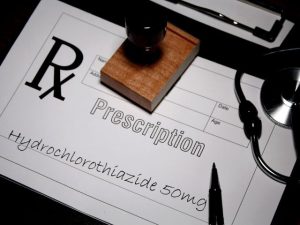What Are Thiazide Diuretics?
Diuretics work by triggering water and electrolyte excretion from your kidneys. Therefore, they are a primary drug of choice in the treatment of hypertension, heart failure, edema, and renal disease.
We might use them alone or in combination with other drugs, depending on the condition.
Here, we will discuss the indications, mechanism of action, nursing assessments, and implementations of thiazide diuretics.
Among the diuretics, thiazide diuretics are the most commonly used because of their antihypertensive effect. They show effects not only by diuresis but also by reducing peripheral vascular resistance in long-term therapy. Thiazide diuretics are sulfonamides. But they do not show hypersensitivity reactions in patients having an allergy to sulfa antimicrobial drugs.
All thiazide diuretics affect the distal convoluted tubules. And all have equal maximum diuretic effects, differing only in potency. However, sometimes they are also known as “low ceiling diuretics” because increasing the dose more than the therapeutic dose does not show further diuretic response.
The examples of thiazide diuretics are:
- bendroflumethiazide
- chlorothiazide
- hydrochlorothiazide
- hydroflumethiazide
- methyclothiazide
- polythiazide
Thiazide-like diuretics include:
- chlorthalidone
- indapamide
- metolazone









